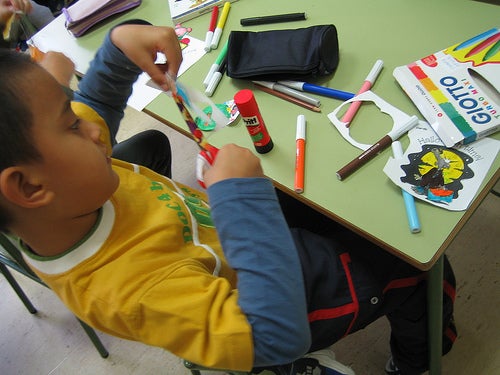When parents first begins to notice the initial signs and behaviors of stuttering in their child, they often decide that teaching their child more than one language is not a good idea. However, it is important for these parents to first consider some research and information about children who stutter and are bilingual before making this decision. In order to understand who is at risk of stuttering, we must first look at the facts.
Statistics on Stuttering:
• Boys are five times more likely to stutter than girls.
• Over one million people stutter.
• Early intervention can provide a cure for stuttering.
• Many people do not stutter when they whisper or sing, but no one is quite sure why.
• Most childhood stutters will not continue to stutter into adulthood.
• About 75% of preschoolers who begin to stutter will eventually stop.
• Less than 1 percent of adults stutter.
• At least a half million people in the United States who are bilingual also stutter.
• Statesman Winston Churchill, actress Marilyn Monroe, and writer Lewis Carroll all stuttered
Will teaching my child more than one language cause them to stutter?
There is no proven research that teaching a child more than one language at the same time will increase their chances of stuttering when speaking. However, when providing treatment to the child, it is best to use their first language.
